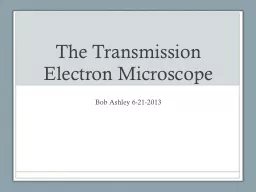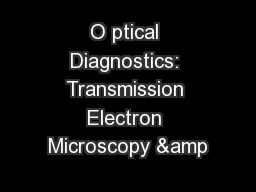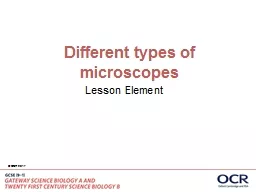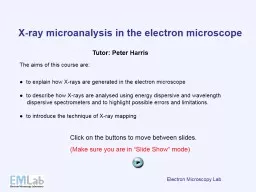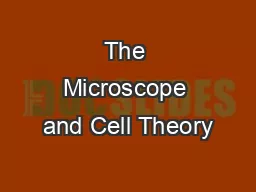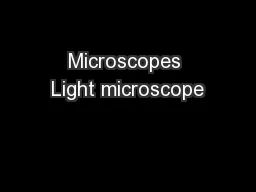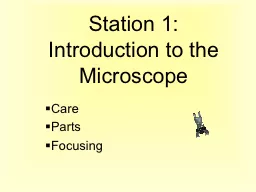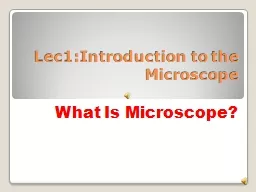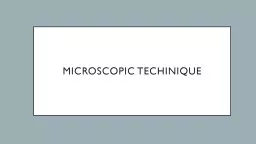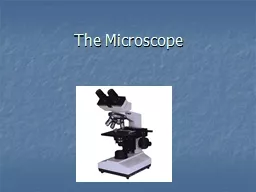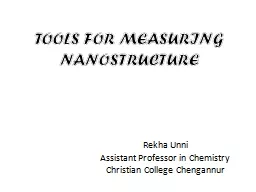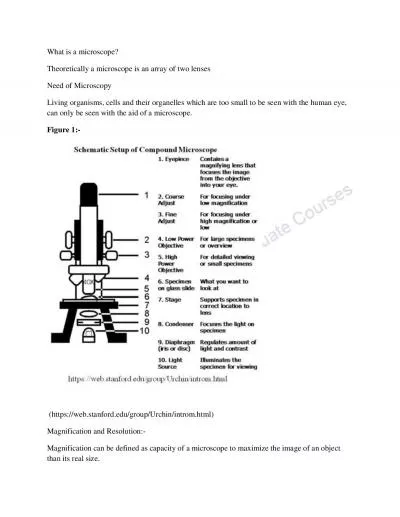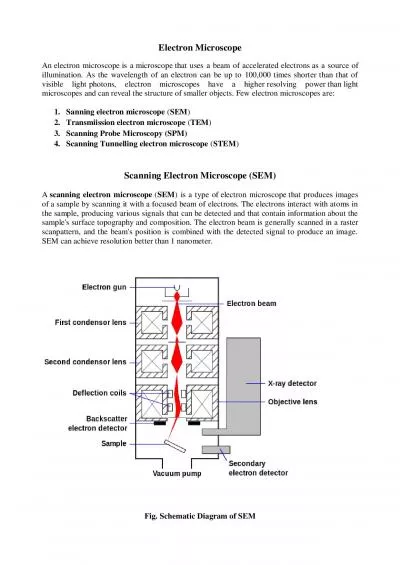PPT-The Transmission Electron Microscope
Author : debby-jeon | Published Date : 2015-11-09
Bob Ashley 6 21 2013 Overview Systems of the TEM Illumination Condenser lens system Specimen manipulation stage Imaging system Image formation Magnification Recording
Presentation Embed Code
Download Presentation
Download Presentation The PPT/PDF document "The Transmission Electron Microscope" is the property of its rightful owner. Permission is granted to download and print the materials on this website for personal, non-commercial use only, and to display it on your personal computer provided you do not modify the materials and that you retain all copyright notices contained in the materials. By downloading content from our website, you accept the terms of this agreement.
The Transmission Electron Microscope: Transcript
Download Rules Of Document
"The Transmission Electron Microscope"The content belongs to its owner. You may download and print it for personal use, without modification, and keep all copyright notices. By downloading, you agree to these terms.
Related Documents

